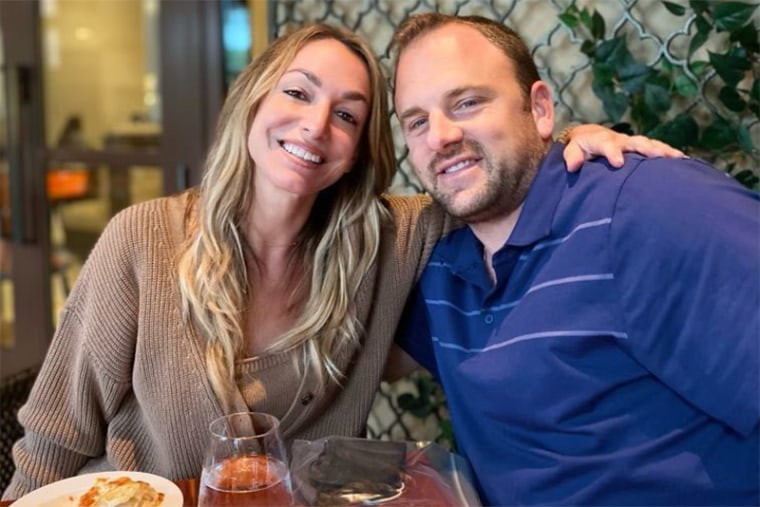The Karen Read trial continues to captivate audiences as the defense team mounts a vigorous challenge to the prosecution’s narrative surrounding the death of Boston Police Officer John O’Keefe. The case, centered in the Boston area, hinges on the events of January 29th and the subsequent investigation into O’Keefe’s death. Prosecutors allege that Read fatally struck O’Keefe with her SUV, while the defense argues she is being framed for a crime she did not commit, suggesting a cover-up and a biased investigation.
According to prosecution evidence presented in court, data retrieved from Read’s Lexus SUV indicated that at 12:45 a.m. near the residence of Brian Albert in Canton, MA, the vehicle reversed 60 feet at a speed of 24 mph. Assistant District Attorney Adam Lally stated that the SUV’s taillight was damaged, and fragments recovered from outside Albert’s home corroborated this. Further forensic analysis revealed John O’Keefe’s hair on the SUV’s bumper and his DNA on the broken taillight. Adding to the prosecution’s case, remnants of a cocktail, seemingly spilled, were found on the bumper, aligning with video evidence of O’Keefe leaving a bar with a drink in hand. Pieces of what appeared to be a drinking glass were also discovered in the SUV’s bumper. Based on this evidence, Karen Read faces charges including second-degree murder and vehicular manslaughter related to the death of John O’Keefe in the Boston suburb.
However, the defense team, representing Karen Read, has presented a starkly contrasting account, arguing that she was framed. They contend that John O’Keefe was attacked at an afterparty, suggesting he was ambushed, beaten, and even bitten by a dog—the Alberts owned a German Shepherd—before being left outside in the cold.
 Karen Read leaves court.
Karen Read leaves court.
Defense attorney David Yannetti highlighted in his opening statement the improbability of the prosecution’s timeline, questioning how John O’Keefe could have been lying injured on the lawn, mere feet from where partygoers departed the residence, without anyone noticing him. “He was supposedly sprawled on that lawn, just feet from where these people were walking when they left the residence,” Yannetti stated, emphasizing, “Not one of these people saw John O’Keefe.”
The defense has directly accused authorities of conducting a flawed and biased investigation, pointing to the close connections between the Albert family and law enforcement—Brian Albert’s brother is also a police officer. They allege that this connection led investigators to prematurely focus on Karen Read, painting her as an “outsider” and neglecting other potential scenarios. Brian Albert testified that while O’Keefe never came to his house that night, he would have been welcomed.
Central to the defense’s argument is the conduct of Massachusetts State Police Trooper Michael Proctor, the lead investigator in the John O’Keefe Boston case. The defense claims Proctor’s bias significantly tainted the investigation. During his testimony, Proctor admitted to using derogatory language when referring to Read in text messages with fellow troopers. These messages, revealed in court, included offensive terms and inappropriate comments, even involving Proctor’s search of Read’s phone.
While Proctor described his comments as “regrettable” and “unprofessional jokes,” maintaining they did not compromise his impartiality, his actions have come under scrutiny. Following the exposure of these texts and a judge declaring a mistrial in a related matter, Proctor was suspended without pay for seven days, further fueling the defense’s claims of a compromised investigation in the John O’Keefe Boston case.
Adding another layer of complexity, the defense pointed to two phone calls between Brian Albert and Brian Higgins, an agent with the Bureau of Alcohol, Tobacco, Firearms and Explosives who was present at both the bar and the afterparty related to John O’Keefe Boston events. These calls occurred at 2:22 a.m. on January 29th, subsequent to the party at Albert’s residence, according to Yannetti.
 Karen Read and John O'Keefe.via Dateline
Karen Read and John O'Keefe.via Dateline
Albert testified that the initial one-second call to Higgins was accidental and that he did not answer a subsequent 22-second return call. Higgins, for his part, claimed to have no memory of either answering or returning the call. Higgins also testified about a developing attraction between himself and Read in the months preceding O’Keefe’s death, including flirtatious text exchanges. When questioned about potential frustration over Read allegedly “ghosting” him and ignoring him at the bar shortly before John O’Keefe’s death in Boston, Higgins denied any such feelings.
Defense attorney Yannetti posited that the damage to Read’s taillight was not from striking John O’Keefe but rather occurred when she frantically left her home in the early morning hours of January 29th after realizing O’Keefe had not returned home. This detail further supports the defense’s narrative that the events surrounding John O’Keefe’s death in Boston are far more complex than the prosecution presents, and that Karen Read may be wrongly accused. The trial continues to unfold, with the defense actively challenging the evidence and suggesting a larger, more intricate story behind the tragic death of John O’Keefe in the Boston area.
